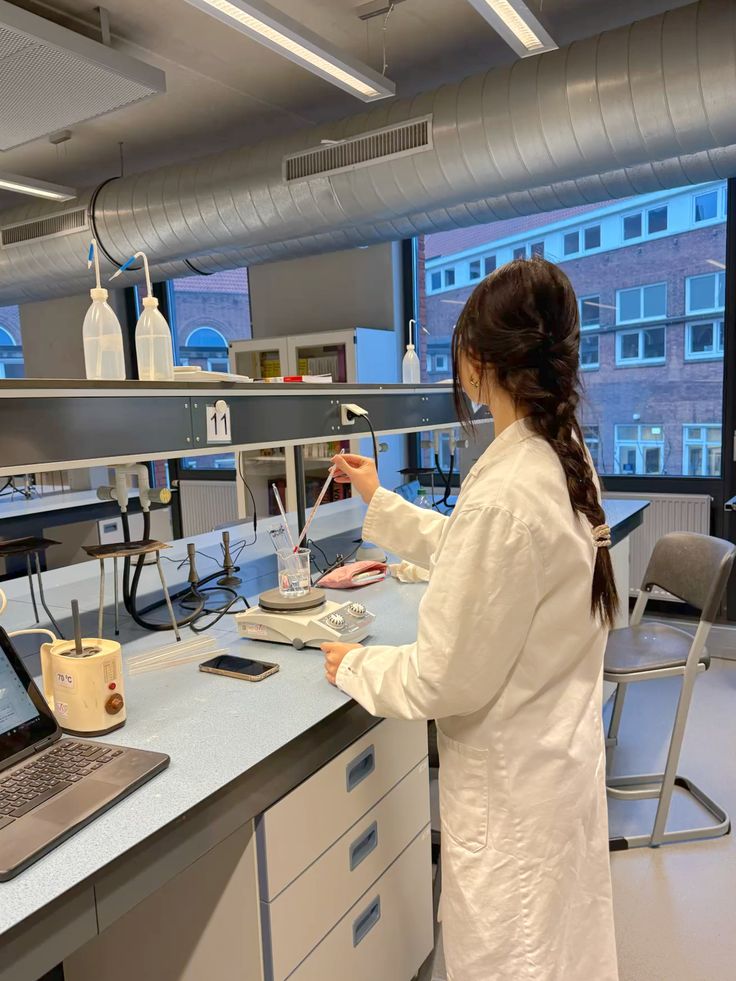
Introduction
Stoichiometry lets you move from what you have in the laboratory to what you can actually create.
In this problem, you are given a mass of oxygen and told that there is more than enough metal X available.
Your job is to find the mass of X₂O₃ produced when all the oxygen reacts.
This kind of question shows up everywhere in chemistry — from homework to the real-world workbench.
Let’s work through the solution together, one clear step at a time.
Step 1: Identify what you know and what you need
You are given 20 grams of oxygen.
Then, You are told the oxygen reacts with excess metal X.
You want to find the mass of X₂O₃ produced.
Step 2: Convert mass of oxygen to moles
You always start by changing grams to moles.
Oxygen’s atomic mass is 16 grams per mole.
Calculate the number of moles:
Moles of O = 20 g ÷ 16 g/mol
That gives you 1.25 moles of oxygen atoms.
Step 3: Use the formula ratio to find moles of X₂O₃
The product has the formula X₂O₃.
This formula means that three oxygen atoms combine with two atoms of X to make one formula unit.
So the mole ratio is 3 moles of O to 1 mole of X₂O₃.
Set up your calculation.
Moles of X₂O₃ = 1.25 moles O × (1 mole X₂O₃ / 3 moles O)
That gives you 0.4167 moles of X₂O₃.
Rounded off, that is 0.42 moles for practical reporting.
Step 4: Find the molar mass of X₂O₃
You need to find the mass, not just the moles.
To do that, you must know the molar mass.
Let’s say the atomic mass of X is M.
The molar mass of X₂O₃ is (2 × M) + (3 × 16).
That comes out to 2M + 48 grams per mole.
Step 5: Calculate the mass of X₂O₃ produced
Multiply the number of moles by the molar mass.
Mass = 0.42 moles × (2M + 48) grams
That gives your answer in terms of the atomic mass M.
If you know M, substitute the value to get the actual mass.
Step 6: Check your work for common mistakes
A frequent mistake is to use 32 grams per mole, which is the mass of O₂ gas, instead of 16 grams per mole for oxygen atoms in compounds.
Be sure to use atomic mass when finding moles of oxygen that are entering a compound like X₂O₃.
Another common error is skipping the ratio in the formula and multiplying the moles of oxygen directly by the molar mass of X₂O₃.
Be sure to use the ratio: three moles of oxygen form one mole of X₂O₃.
Step 7: Why is this important?
If you get the ratio wrong, your product mass will be incorrect.
Chemists, engineers, and industrial operators depend on these ratios to manage production, prevent waste, and meet strict quality standards.
Stoichiometry helps you predict outcomes, reduce errors, and deliver the right amount of product every time.
Step 8: Where do you see this in the real world?
Metal oxides like X₂O₃ are commonly found in batteries, ceramics, pigments, and catalysts.
As a result, accurate calculations enable companies to control product quality, reduce costs, and mitigate safety risks.
Moreover, in environmental engineering, knowing exactly how much oxide will form can help prevent air or water pollution.
Step 9: Review the logic of your solution
Firstly, you started with 20 grams of oxygen.
Then, You converted to moles, finding 1.25 moles of oxygen atoms.
You used the 3:1 ratio from X₂O₃ to find 0.42 moles of product.
Additionally, You found the molar mass using the atomic mass of X.
You finished by multiplying moles by molar mass for your final answer.
Final Wrap-Up
If you are given 20 grams of oxygen and asked what mass of X₂O₃ will form with excess metal X, you start by converting to moles.
To begin with, find 1.25 moles of oxygen atoms.
Using the formula’s ratio, you see that forms 0.42 moles of X₂O₃.
Then, multiply by the molar mass of X₂O₃, which is 2M + 48 grams per mole.
Your answer is 0.42 × (2M + 48) grams.
This is the exact process chemists use every day, both for exams and in real-world chemical production.
Practice more problems like this on our website or visit us on YouTube.
With every new calculation, you become quicker, more confident, and ready for any challenge stoichiometry brings your way.
